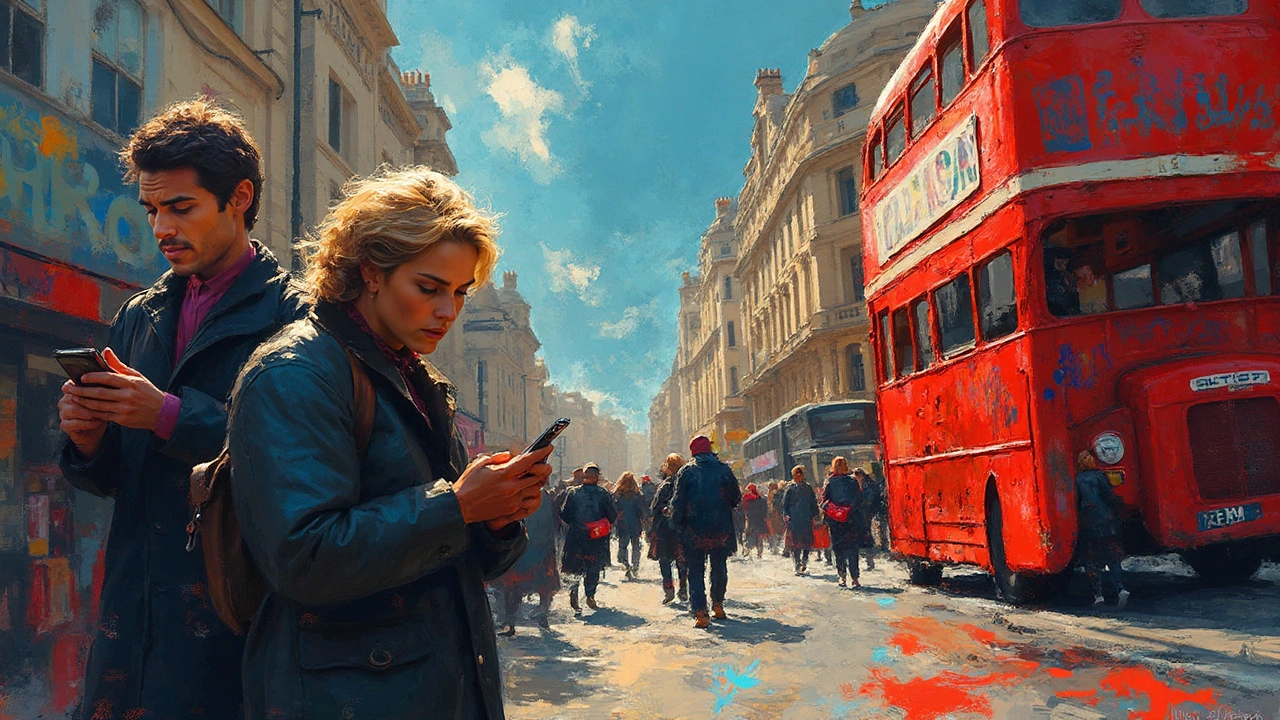Emotion in Art: How Artists Make You Feel
Emotion in art grabs you before you name it. Artists use color, scale, light, and gesture to push feelings into your body. Watch how a red smear can speed your pulse or how a tiny figure in a huge space makes you feel small. This page shows simple ways to read emotional cues in paintings, installations, and design so you can look smarter and feel more.
Start with color
Warm colors—reds, oranges, yellows—push energy and urgency. Cool colors—blues, greens, purples—calm or make distance. Notice contrasts: high contrast creates drama, low contrast feels quiet. Pay attention to light: sharp highlights and shadows add tension, soft light soothes.
Look at mark making. Wild, visible brushstrokes often mean raw feeling. Tight, smooth surfaces can feel controlled or distant. Texture changes how you touch a piece with your eyes. Scale matters too: large works crowd you; small works invite you closer.
Study composition. A center-locked subject reads stable; off-center or tilted horizons create unease. Faces and eyes matter, we respond to gaze. Symbols compress stories: a broken mirror signals identity fracture, a path suggests choice. Context shifts meaning: the same image in a gallery, church, or billboard hits differently.
Want examples? Abstract Expressionism throws emotion at the canvas, action painting that feels immediate. Baroque uses dramatic light and pose to stir deep, often religious, feeling. Photorealism can surprise you with quiet empathy in tiny details. Installation art and Fluxus force us to feel through space and action, not just sight.
Try this when you visit a gallery: give a piece ninety seconds without thinking. Move left, right, closer, step back. Read the label after you feel something. Look up the artist’s background later — knowing a war, a loss, or a political moment can change your read. But trust your gut first; feeling is the point.
Use emotional reading when you pick art for your home. If you want calm, choose cool tones, even composition, and soft light — think Bauhaus simplicity or muted photorealism. For drama, pick Baroque prints, large-scale works, or a raw abstract piece. Installations and land art ideas can change a room’s mood if you play with scale and light.
Want deeper reads? Check linked posts on Abstract Expressionism, Baroque Art, Photorealism, Installation Art, and the Harlem Renaissance to see how emotion works across styles.
Three quick ways to practice
Three quick ways to practice: 1) Name one word for how you feel and explain why. 2) Trace the movement: follow lines and edges to see where energy goes. 3) Imagine altering one thing—color, light, size—and notice how the feeling changes. Try this with a painting, a photo, or a room.
Use the tag list below to open any article that sounds interesting. Each one breaks down techniques and history with clear examples you can spot next time you visit a museum or scroll online. New posts appear with fresh ways artists push feeling into form. Bookmark this page and come back when you want a mood check and resources.

